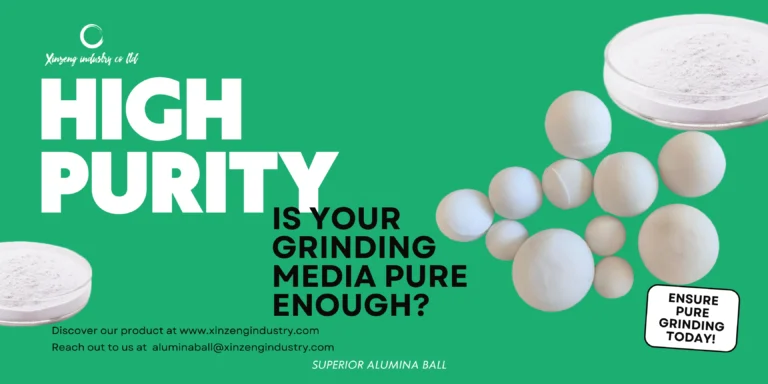Book Appointment Now

Size Choices for Alumina Balls
Choosing the correct size of alumina balls is crucial for optimizing the performance of industrial processes. Alumina balls, known for their high strength and wear resistance, are utilized in various applications such as grinding, filtration, and catalytic processes. Understanding the available sizes and their best uses can significantly impact the efficiency and longevity of your operations.
When we discuss size availables (miner size, common sizes, extra sizes), we are referring to specific ranges that cater to different needs. Miner sizes, typically 17mm, 20mm, 22mm, and 25mm, are ideal for applications requiring high surface area contact, such as in precision grinding and support roles in catalyst beds. These smaller sizes ensure that you get maximum surface area for effective contact, leading to improved processing efficiency.

Moving up the scale, common sizes include 30mm, 40mm, 45mm, 50mm, 60mm, and 70mm. These sizes are versatile and widely used in industries like ceramics, petrochemicals, and water treatment. They offer a balanced combination of surface area and volume, making them suitable for general grinding applications and support roles where stability and efficiency are required.

For heavy-duty applications, extra sizes of 80mm, 90mm, and 100mm are available. These larger sizes are critical in industries that demand high mechanical strength and durability, such as in mineral processing and large-scale grinding operations. Their substantial mass and surface area ensure they can handle more significant loads and harsher conditions without compromising performance.
When comparing Rolled Type Balls VS Pressed Type Balls, the distinction becomes clear in terms of application and performance. Rolled balls, which range from 1mm to 30mm, are produced through a rolling process that ensures high sphericity and uniformity. This process results in balls with excellent wear resistance and precision, making them ideal for applications requiring tight tolerance and uniform grinding media.

On the other hand, pressed type balls, available in sizes from 25mm to 100mm, are made by pressing powder into molds. While they may have slightly less uniformity than rolled balls, they are often more cost-effective and are available in larger sizes. This makes them well-suited for heavy-duty applications where the balls’ size and mass are more critical than their precision.
For optimal results, your size selection suggestions should consider the specific requirements of your application. For high-precision grinding or catalyst support, smaller miner sizes or rolled balls might be the best choice. For general-purpose grinding and support, common sizes are often ideal. In contrast, extra sizes or pressed type balls should be selected for applications that require significant load-bearing capacity and durability.



